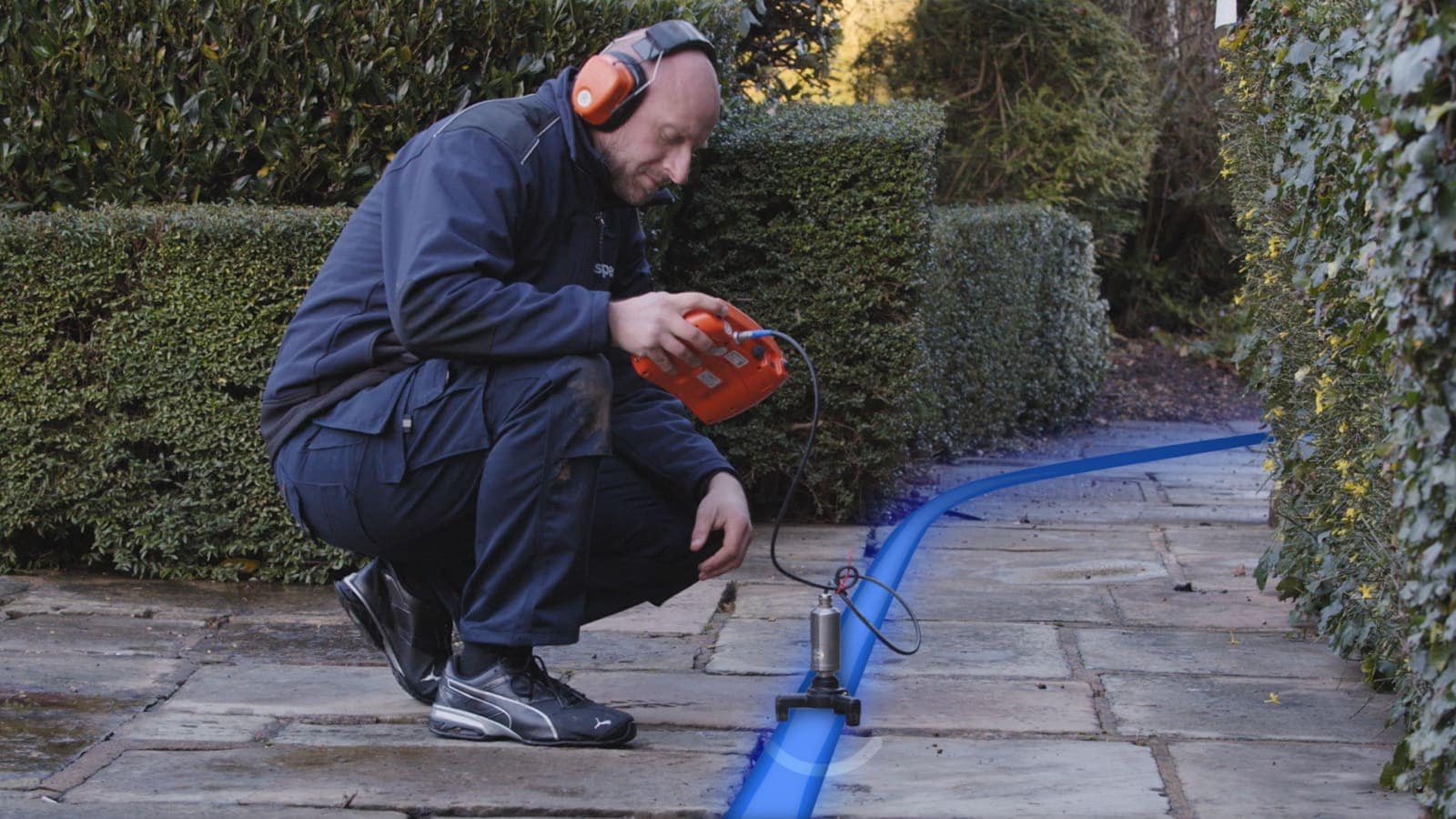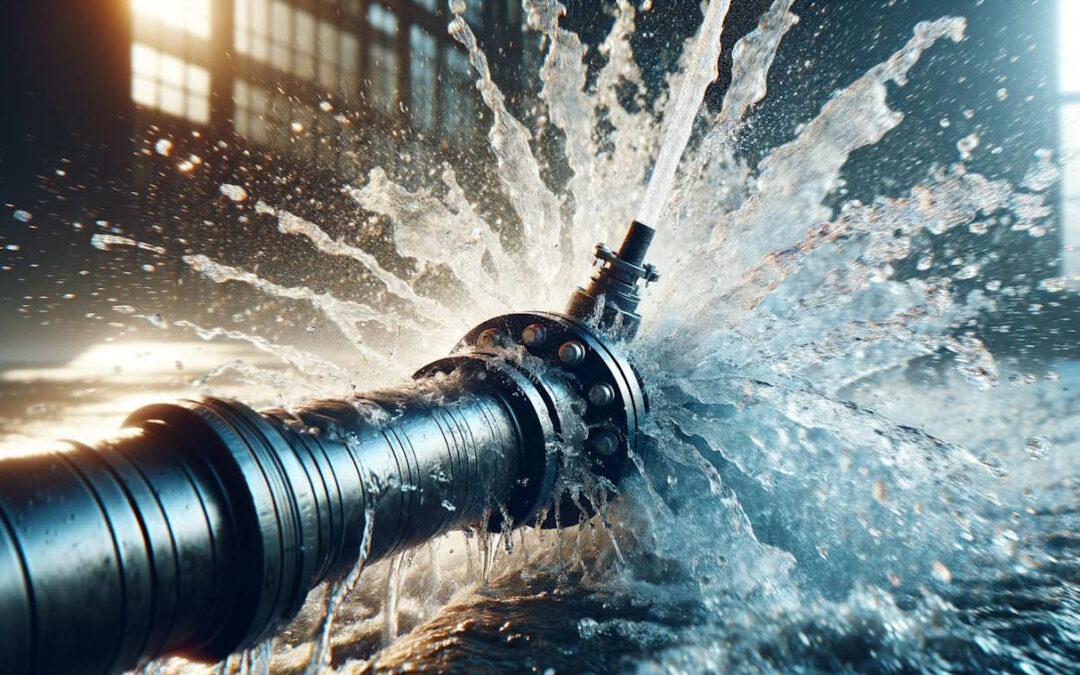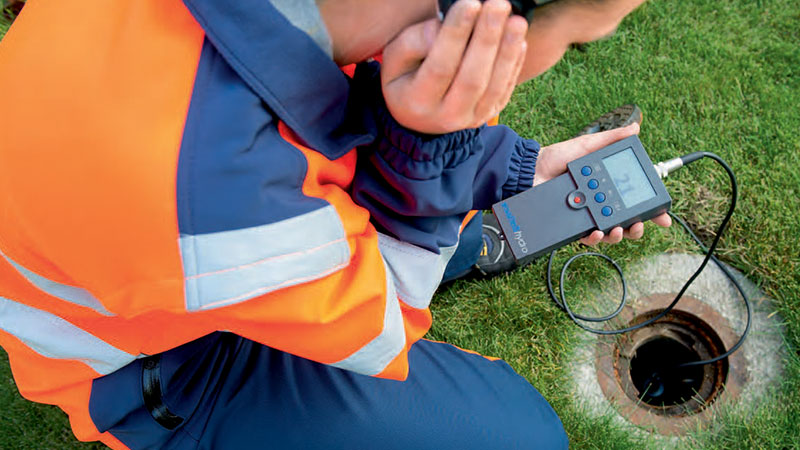Innovative Solutions for Very Early Detection of Water Leakages in Structures and Facilities
As the integrity of structures and infrastructure is extremely important, the challenge of very early detection of water leaks has stimulated cutting-edge solutions that assure to reinvent the means we guard against possible damages. From advanced leakage detection technologies to the implementation of IoT sensing units for real-time monitoring, the landscape of leakage avoidance is developing quickly. Artificial intelligence algorithms provide a glance into the future of leak forecast, while thermal imaging offers a non-intrusive technique for determining hidden leaks. Automated water flow evaluation systems are improving how leakages are determined and attended to, leading the way for a proactive strategy to water leak discovery. Each of these services holds the vital to ensuring the reliability and durability of our developed setting, motivating a change in the direction of a more sustainable and efficient future.
Advanced Leak Detection Technologies
Advanced leak detection modern technologies, geared up with cutting-edge sensing units and algorithms, play a vital duty in swiftly recognizing and pinpointing water leakages in numerous setups. Electromagnetic sensing units can identify modifications in electromagnetic areas caused by water, using yet another layer of leakage detection capacity.

IoT Sensors for Real-Time Surveillance
In the realm of contemporary water leakage discovery, the assimilation of IoT sensors for real-time monitoring represents an essential innovation in enhancing proactive leak detection abilities. These sensing units provide continual surveillance of water supply, providing real-time data on water flow rates, pressure variations, and temperature changes. By leveraging IoT innovation, these sensors can find also the tiniest abnormalities in water use patterns, making it possible for early identification of possible leakages before they intensify into significant issues.
IoT sensing units transfer data to a centralized platform, where innovative formulas assess the details and produce signals or alerts when irregularities are found. This real-time tracking ability allows homeowner or center supervisors to quickly resolve leaks, reducing water damages, reducing repair work costs, and conserving water resources.
In addition, IoT sensors can be integrated with structure administration systems, permitting computerized responses to found leakages, such as shutting down water valves or activating pumps to alleviate the effect of leakages. Overall, the application of IoT sensing units for real-time monitoring considerably boosts the effectiveness and efficiency of water leakage detection in structures and framework.
Equipment Knowing Algorithms for Leakage Prediction

One key benefit of using artificial intelligence for leak prediction is its ability to continually find out and improve its precision over time. As even more data is accumulated and fed into the algorithm, it can fine-tune its forecasts and adapt to altering problems, inevitably boosting the integrity of leak discovery systems.
In addition, artificial intelligence formulas can aid in identifying subtle indications of leakages that might go undetected by traditional monitoring methods. water leak detection. By assessing complicated information embed in real-time, these algorithms can give early cautions and alerts, enabling punctual treatment and preventive maintenance to mitigate possible water damages and linked costs
Making Use Of Thermal Imaging for Leak Detection
Thermal imaging modern technology supplies an encouraging method for detecting water leakages in various systems and frameworks. By using infrared radiation and temperature level differences, thermal imaging cams can determine surprise leakages that are not easily visible to the nude eye. When water leaves from pipes or frameworks, it often transforms the temperature level of the bordering location, developing temperature differentials that thermal cams can Read More Here catch. These temperature level irregularities are after that equated right into visible pictures, highlighting the precise area of the leakage.
Among the essential benefits of thermal imaging for leakage discovery is its non-intrusive nature. Unlike standard methods that may require burglarizing walls or floors to situate leaks, thermal imaging enables non-destructive screening. This not only conserves time and lowers costs but also minimizes interruption to the building or framework being evaluated. Furthermore, thermal imaging can rapidly scan huge areas, supplying a thorough review of possible leak resources in a prompt fashion. On the whole, the usage of thermal imaging technology boosts the effectiveness and accuracy of water leak detection, making it a beneficial device for maintaining the honesty of structures and infrastructures.
Automated Water Circulation Evaluation Solutions
Exactly how can automated water circulation evaluation systems change the discovery and monitoring of leaks in different systems and facilities? Automated water flow analysis systems provide a positive approach to leak discovery by constantly keeping an eye on water circulation rates and patterns. By establishing standard data, these systems can swiftly recognize deviations that may indicate a leakage, allowing punctual treatment to prevent considerable damage.
These systems use sophisticated formulas to assess real-time data and provide instant alerts when abnormalities are identified, enabling speedy activity to be taken. Furthermore, automated water circulation evaluation systems can be incorporated with structure management systems or IoT platforms, improving check here total efficiency and allowing remote monitoring capabilities.
In addition, the information gathered by these systems can be used for anticipating maintenance objectives, aiding to identify possible weak points in the framework prior to leakages take place. Generally, the implementation of automated water flow click over here now evaluation systems can considerably boost leak detection and monitoring methods, eventually causing set you back financial savings, minimized water wastefulness, and enhanced sustainability in structures and facilities.

Final Thought
Finally, the assimilation of advanced leakage detection innovations, IoT sensors, maker discovering algorithms, thermal imaging, and automatic water flow evaluation systems uses cutting-edge options for very early discovery of water leaks in buildings and infrastructure. These modern technologies allow real-time monitoring, prediction of leaks, and effective discovery techniques to stop water damages and wastefulness. Carrying out these solutions can assist in preserving the stability and sustainability of water systems in different settings.